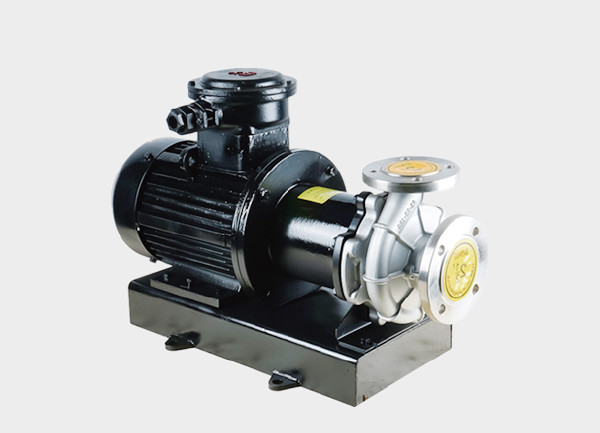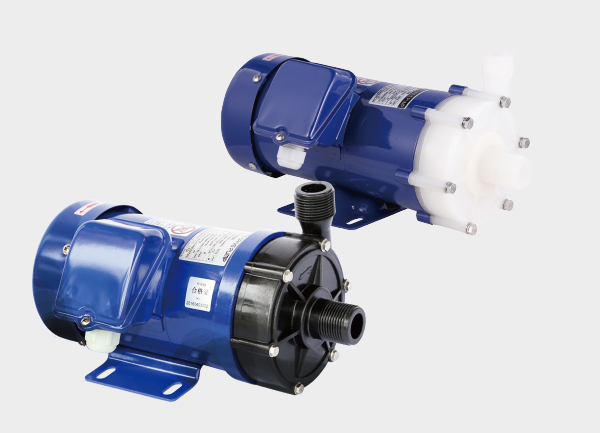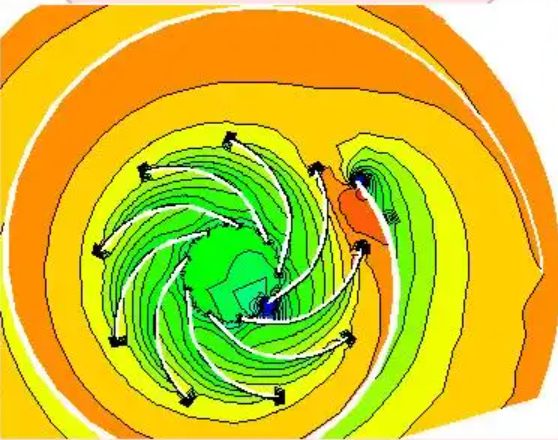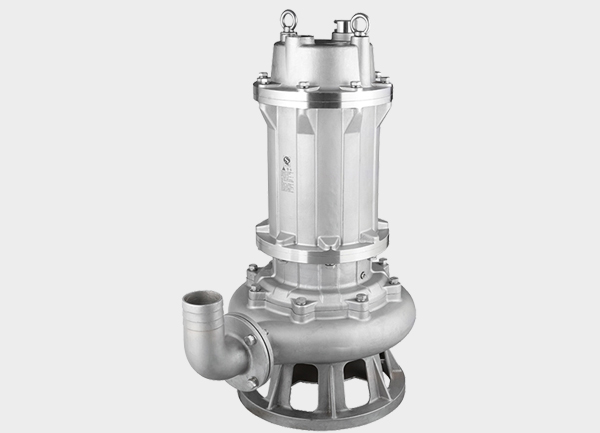A vertical pump is a fluid transfer device with a vertically oriented shaft, engineered around the principles of space efficiency, fluid adaptability, and easy installation. Compared with horizontal pumps (where the shaft is arranged horizontally), vertical pumps demonstrate clear advantages in certain industrial and engineering scenarios.
This article explores their core advantages, typical application fields, and key differences from horizontal pumps, illustrating how structural features directly align with practical performance benefits.
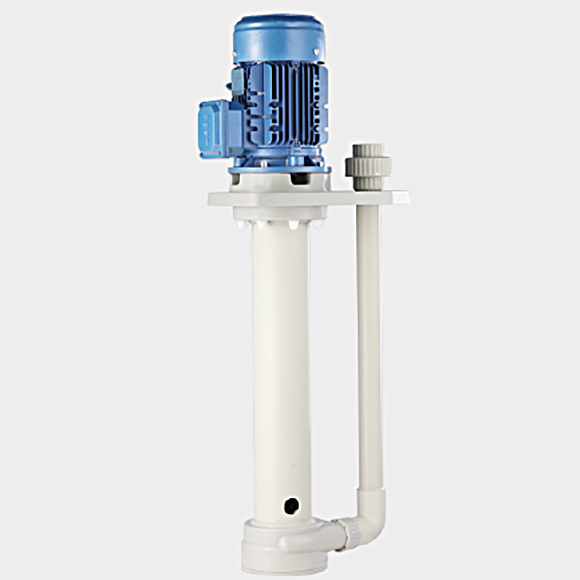
I. Core Advantages of Vertical Pumps
The advantages of a vertical pump stem primarily from its vertical structural design, which can be analyzed across four key dimensions — space, performance, maintenance, and fluid adaptability — each addressing real engineering needs.
1. Exceptional Space Efficiency
Vertical pumps are installed upright, with the pump body extending vertically.
Unlike horizontal pumps that require extensive floor area and horizontal maintenance space, vertical models occupy only one-third to one-fifth of the footprint.
For example:
Vertical sump pumps can be mounted directly above tanks, with the impeller submerged.
Vertical inline pumps fit directly into the pipeline, saving mechanical room space.
This makes them ideal for compact industrial plants, chemical facilities, high-rise buildings, and narrow outdoor sites such as deep wells or small pumping stations.
In high-rise water supply systems, a vertical inline pump can be installed in a shaft or equipment room without taking up extra floor area.
2. Superior Anti-Cavitation Performance
Cavitation — caused by low inlet pressure leading to vapor bubbles and impeller damage — is a common pump failure.
Vertical pumps inherently reduce this risk: the impeller is submerged or positioned close to the liquid surface, resulting in a shorter suction path and lower NPSH requirement.
In contrast, horizontal pumps must “draw” liquid through suction piping, increasing the risk of cavitation, especially with low liquid levels or volatile fluids.
Thus, vertical designs are better suited for low-level tanks or volatile media such as gasoline and methanol.
3. Easy Installation and Maintenance
Vertical pumps require simpler foundations and less pipe disassembly:
Can be mounted directly on tank tops, inside pipelines, or within deep wells.
Light models often need only simple base fixation — no massive concrete foundations.
Maintenance is convenient — for example, vertical inline or centrifugal pumps can be serviced by removing the top motor or cover without disconnecting pipelines.
Vertical sump pumps can even be serviced without emptying the tank, reducing downtime and operational cost.
4. Wide Fluid Compatibility
With the right material configuration (e.g., 304/316L stainless steel, fluoroplastic, or wear-resistant alloys), vertical pumps can handle a wide range of fluids:
Corrosive fluids (acids, alkalis, solvents): handled by fluoroplastic-lined or Hastelloy vertical pumps to prevent corrosion.
Abrasive fluids (slurries, tailings): handled by vertical slurry pumps with high-chromium impellers and reduced sediment buildup.
Toxic or volatile fluids (benzene, LPG): handled by submerged, leak-proof vertical pumps with mechanical seals, preventing vapor release and leakage.
5. Stable, Low-Noise Operation
With a vertically aligned center of gravity and direct motor-shaft coupling, vertical pumps minimize transmission errors and vibration.
While horizontal pumps often use couplings that can misalign and generate vibration, vertical direct-drive models operate more smoothly.
Noise levels typically stay below 75 dB, making them suitable for noise-sensitive environments such as food plants, hospitals, and laboratories.
II. Typical Applications of Vertical Pumps
The applications of vertical pumps directly reflect their advantages.
Different structural variants — sump pumps, inline pumps, deep-well pumps, and slurry pumps — are optimized for specific operational conditions.
1. Water Treatment and Utilities
Used in municipal water supply, wastewater treatment, and circulation systems.
Pump types: Vertical centrifugal pumps, vertical inline pumps.
Key benefits: Small footprint for compact pump rooms; high flow rate (up to 1000 m³/h) and efficiency (80–90%) suitable for large-scale water systems.
2. Petrochemical Industry
Used for crude oil transfer, acid-alkali unloading, solvent circulation, etc.
Pump types: Vertical sump pumps, corrosion-resistant vertical pumps.
Key benefits: Leak-free sealing to prevent toxic or volatile gas emissions (e.g., benzene, solvents); submerged impeller design prevents cavitation under low liquid levels.
3. Mining and Metallurgy
Used for slurry transport, tailings disposal, and molten slag pumping.
Pump types: Vertical slurry pumps.
Key benefits: Built from high-chrome or wear-resistant alloys; vertical layout prevents sediment buildup and pipe clogging, ensuring continuous operation.
4. Agriculture and Irrigation
Used for deep-well pumping, farmland irrigation, and orchard water supply.
Pump types: Vertical deep-well pumps, vertical centrifugal pumps.
Key benefits: High head (up to 500 m), simple installation, and low infrastructure cost — ideal for rural and agricultural use.
5. Food and Pharmaceutical Processing
Used for juice transfer, liquid medicine circulation, and sanitary fluid handling.
Pump types: Sanitary vertical pumps (316L stainless steel).
Key benefits: Hygienic materials compliant with FDA and GMP standards; smooth internal surfaces for easy cleaning and zero contamination risk.
6. Building and Fire-Protection Systems
Used for high-rise water supply, HVAC circulation, and fire suppression systems.
Pump types: Vertical inline pumps, vertical multistage pumps.
Key benefits: Compact design fits equipment shafts; multistage versions provide stable pressure and high head suitable for multi-floor buildings and firefighting systems.
III. Vertical vs. Horizontal Pumps — Key Comparison for Selection
| Aspect | Vertical Pump | Horizontal Pump |
|---|---|---|
| Footprint | Compact, minimal floor space | Requires large horizontal area and maintenance clearance |
| Cavitation Performance | Excellent (short suction path, often submerged impeller) | Moderate; sensitive to liquid level and pipe length |
| Maintenance | Easy; often no need to disconnect pipelines | More complex; requires disassembly and horizontal space |
| Fluid Adaptability | Excellent for corrosive, abrasive, low-level, or toxic fluids | Best for clean, non-volatile fluids |
| Installation Cost | Low; minimal foundation required | Higher; needs foundation and longer piping |
Conclusion
The core value of vertical pumps lies in their ability to
“maximize efficiency through compact structure and adapt to complex fluids.”
They are particularly suitable for:
Tight installation spaces,
Challenging media (corrosive, abrasive, or toxic), and
Low liquid level applications.
When selecting a vertical pump, consider three key factors:
Available installation space,
Fluid characteristics (corrosiveness, particle content, volatility), and
Liquid level conditions.
Then match the appropriate pump type — such as vertical sump, inline, or deep-well pumps — to fully leverage the performance advantages of vertical pump technology.



